Where do you live: Tokyo, Japan
Your education: Aerospace Engineer (M.Sc.)
Describe your art in three words: Spontaneous, Authentic, Observational
Your discipline: Street Photography
You call photography “a connection with life.” What recent moment reminded you of that, and why?
Recently, I took a photograph of a couple waiting at a train crossing. There was nothing extraordinary happening, just an everyday pause, a train rushing by but something about their stillness against the movement felt deeply human. Moments like this remind me why I call photography “a connection with life.” It feels almost like stopping time for a second, holding stillness and motion together in one frame. The way they stood side by side, their faces lighting up with gentle smiles, the train creating a soft breeze around them, the train blurring past, it became a quiet story about time, movement, intimacy, and joy. Pressing the shutter in that instant was my way of saying: this fleeting second mattered. And for me, that’s what photography is catching life as it passes, while also finding a way to pause it.
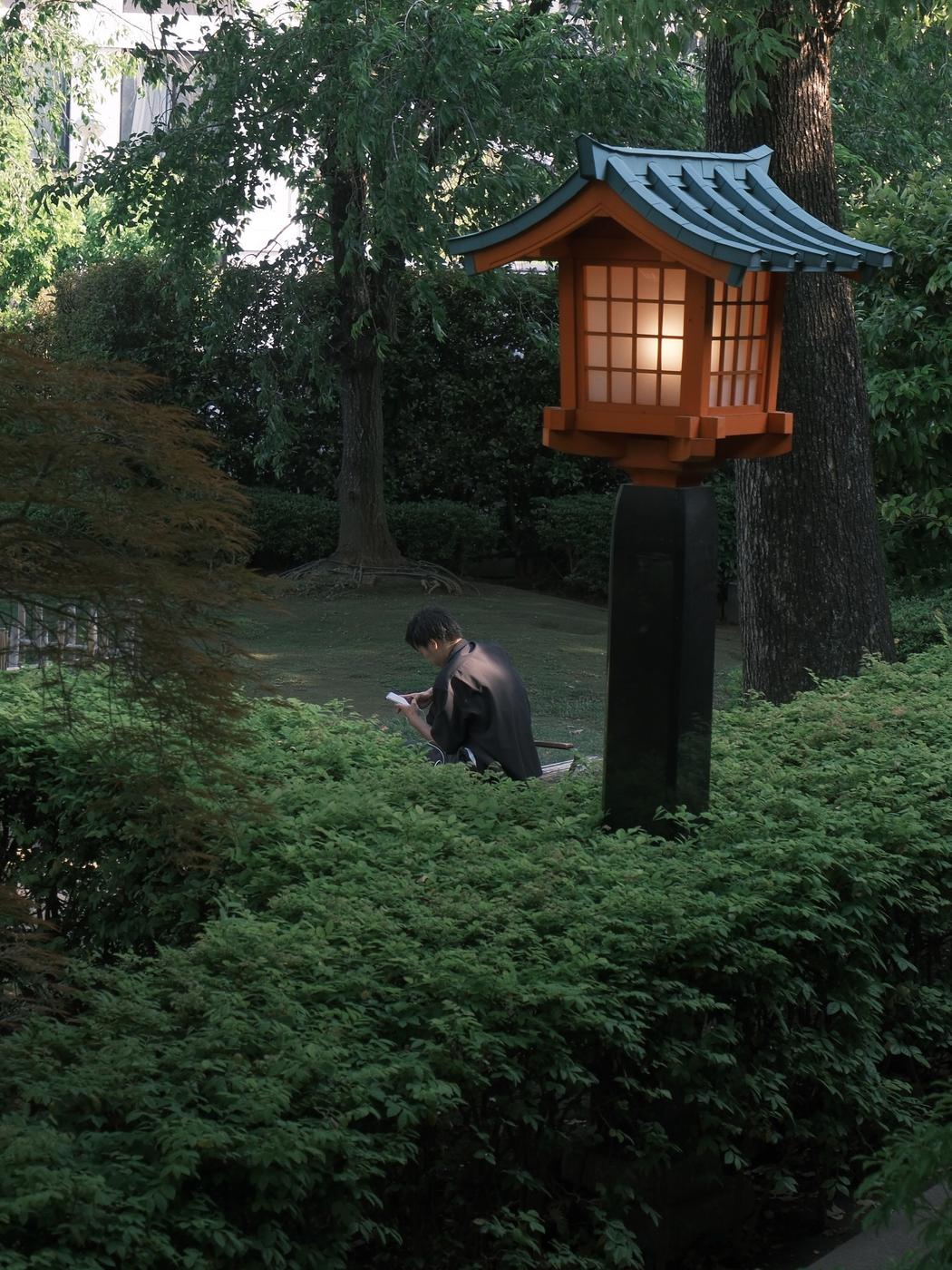 Sule Ozturk | The Light | 2025
Sule Ozturk | The Light | 2025
How has living in Japan—its rhythm, etiquette, and visual culture—shaped the way you see on the street?
Living in Japan has definitely changed the way I see the street. As an engineer, I was used to looking at things with structure and detail, but here, the rhythm of daily life feels more fluid, almost choreographed. There’s this mix of variety and simplicity that really shapes how I notice moments. On one side, Tokyo can overwhelm you with layers of neon signs, crowds, and energy. But then, you turn a corner and suddenly there’s a quiet street with just a single lantern glowing, or someone arranging flowers outside a tiny shop. That contrast, abundance and restraint makes me slow down and pay attention differently. The etiquette here also influences how I photograph. People carry themselves with a certain respect for space, and that creates very clean visual lines, even in busy settings. It’s aesthetically beautiful, but also humbling, it reminds me that photography is not only about capturing what I see, but also about honoring the rhythm of the place I live in.
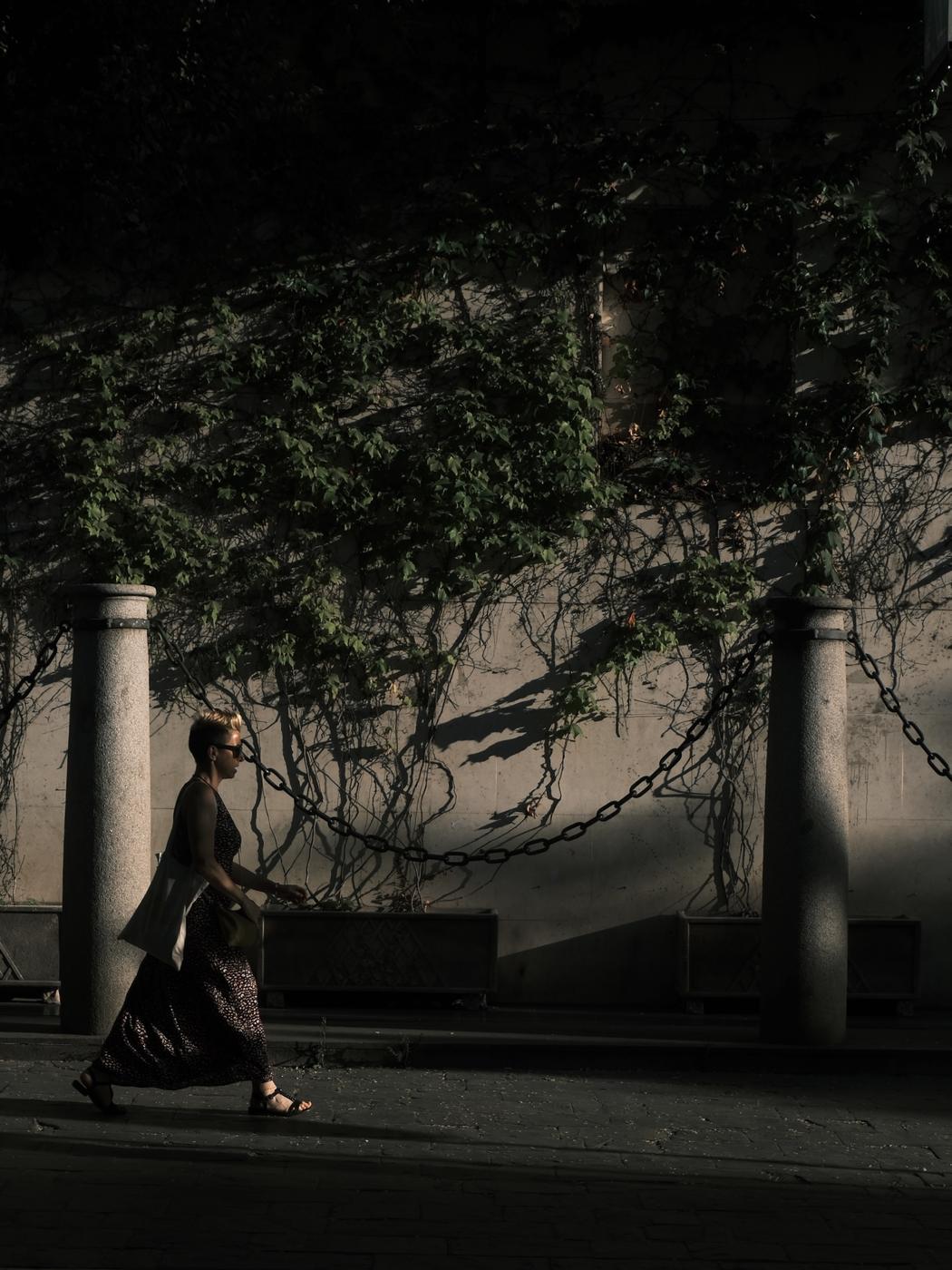 Sule Ozturk | Shadow | 2025
Sule Ozturk | Shadow | 2025
Your images often balance bold color blocks with small human gestures. What do you notice first: light, color, or behavior?
For me, it almost always begins with light. Light sets the atmosphere it’s what draws me in before I even think about people or color. Then color comes alive through that light, sometimes bold and loud, sometimes very quiet. But in the end, what makes me lift the camera is human behavior. A small gesture, a laugh between friends, someone carrying groceries, the way a person pauses in thought anchors the image. Without that, the scene might be beautiful, but it feels incomplete. I think that’s where my background as both an engineer and a street photographer meets: I notice the structure and patterns first, but it’s the human presence that gives them meaning.
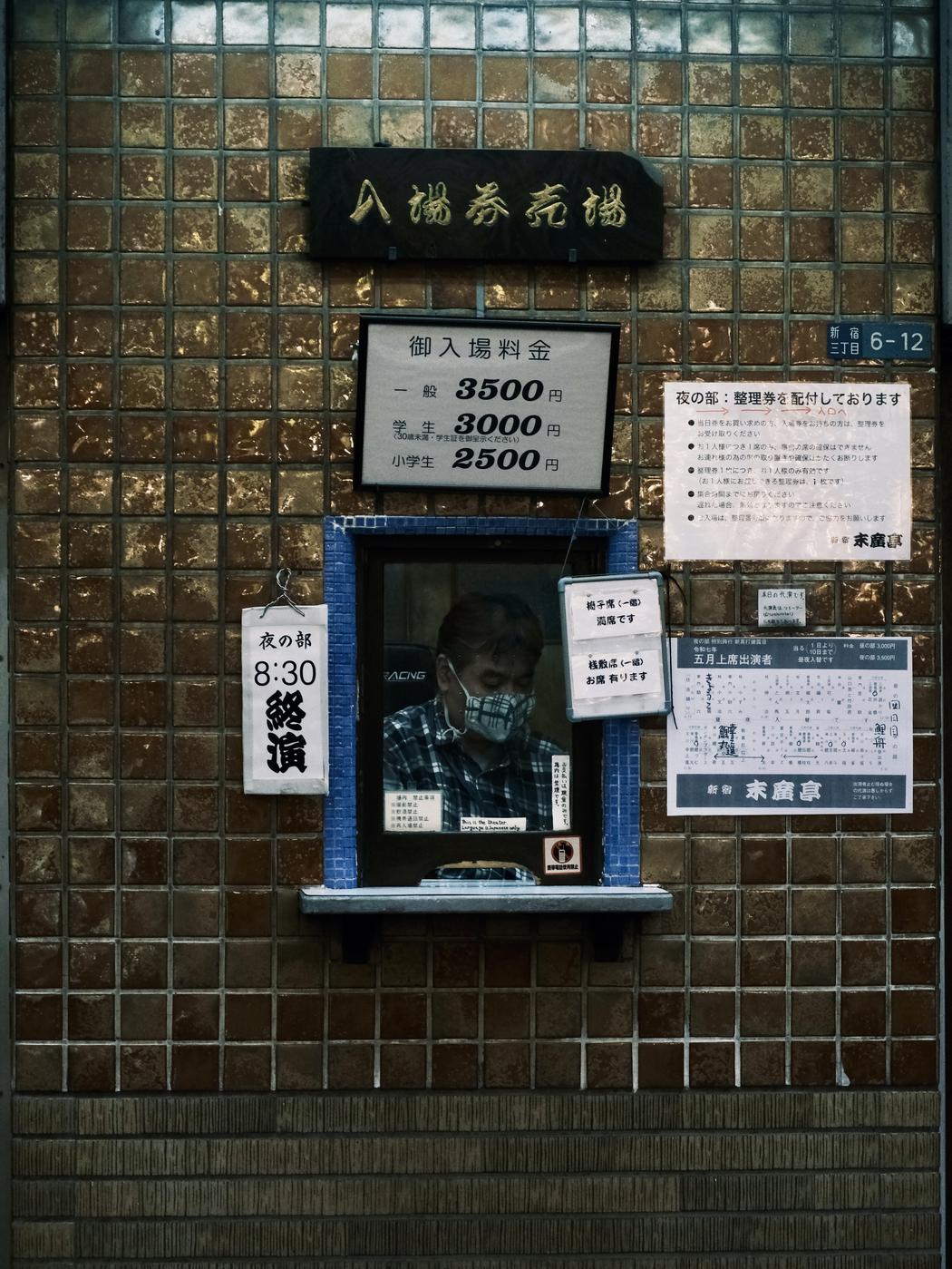 Sule Ozturk | The Window | 2025
Sule Ozturk | The Window | 2025
Which habits from aerospace engineering (checklists, testing, precision) carry into your shooting and editing?
Some of my engineering habits still sneak into photography. Before going out, I like to double check small things like batteries charged, card empty, lens clean. It’s simple, but it lets me relax and focus once I’m on the street. When I’m shooting, I think that engineering side makes me notice patterns and structure more quickly. But at the same time, photography is my space to break free from precision to let accidents, gestures, and light surprise me. So it’s this balance: preparation from engineering, but playfulness from the street.
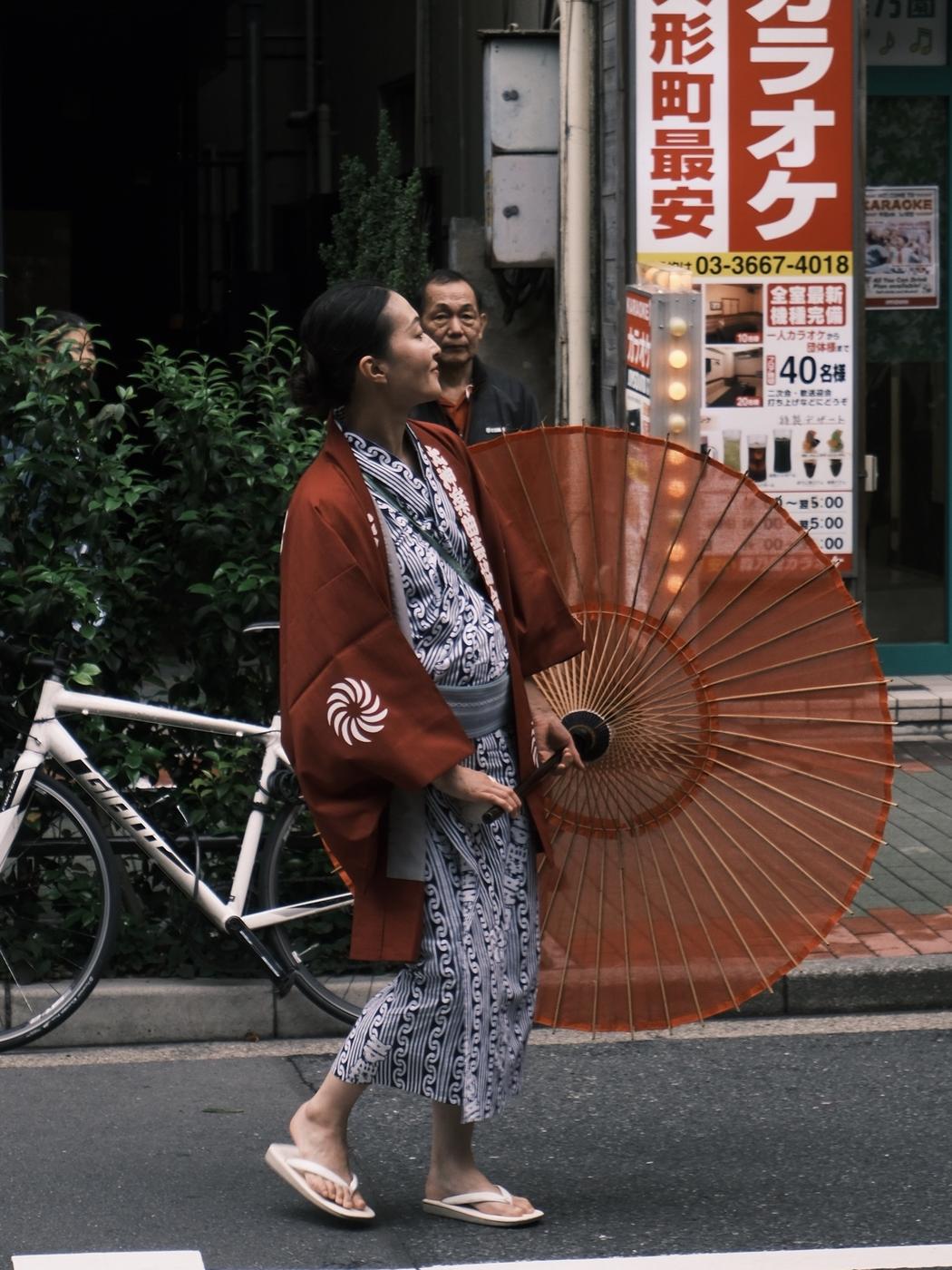 Sule Ozturk | Face To Face | 2025
Sule Ozturk | Face To Face | 2025
Do you pre-visualize frames or mostly react? How do you train for “fleeting, hard-to-catch” moments?
I don’t really pre-visualize frames in a strict way, it’s more about staying open and reacting to what’s happening in front of me. On the street, things shift too quickly to plan much. What I do “train” is my attention: I try to walk slowly, notice small details, and anticipate where gestures or interactions might unfold. Catching those fleeting moments feels a bit like exercising a muscle, the more I practice, the more natural it becomes. Sometimes it’s just about being patient in one spot, sometimes it’s about moving with the rhythm of the street. I don’t always succeed, but that’s part of the magic those moments wouldn’t be special if they were easy to catch.
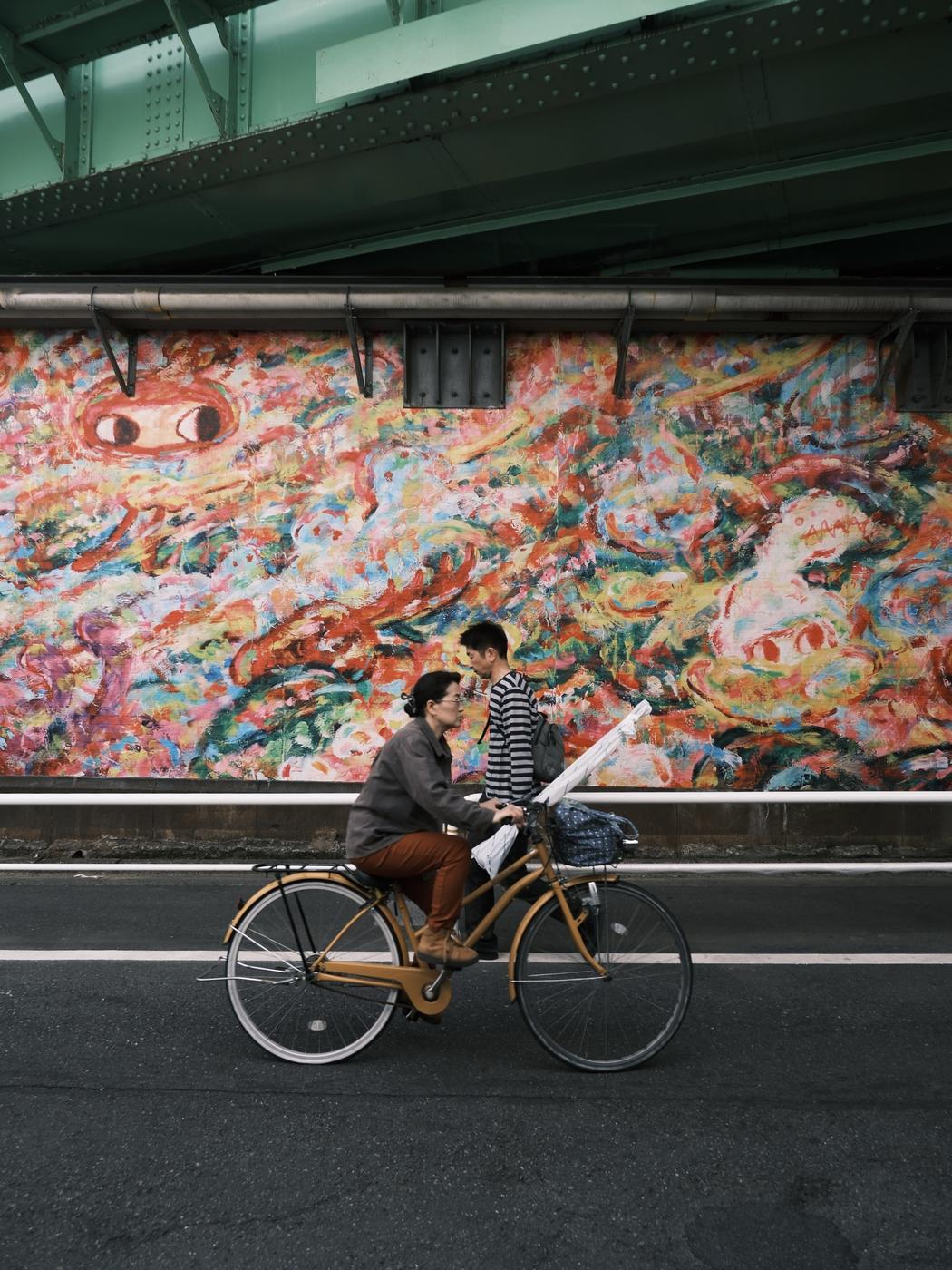 Sule Ozturk | Mixture Of Colors | 2025
Sule Ozturk | Mixture Of Colors | 2025
How do you approach ethics and consent in street photography in Japan? Has your approach changed over time?
In Japan, I’ve become more conscious about ethics and consent than anywhere else I’ve photographed. People here value privacy and personal space deeply, and that has shaped the way I approach the street. I try to be discreet and respectful, if someone seems uncomfortable, I don’t take the shot, or I let it go. Over time, my approach has softened. At first, I was very focused on capturing the “decisive moment” no matter what. Now I think more about the person inside the frame how they might feel, how I’m representing them. For me, street photography is not about stealing a picture, but about noticing a shared moment of life. That shift has made the practice more meaningful.
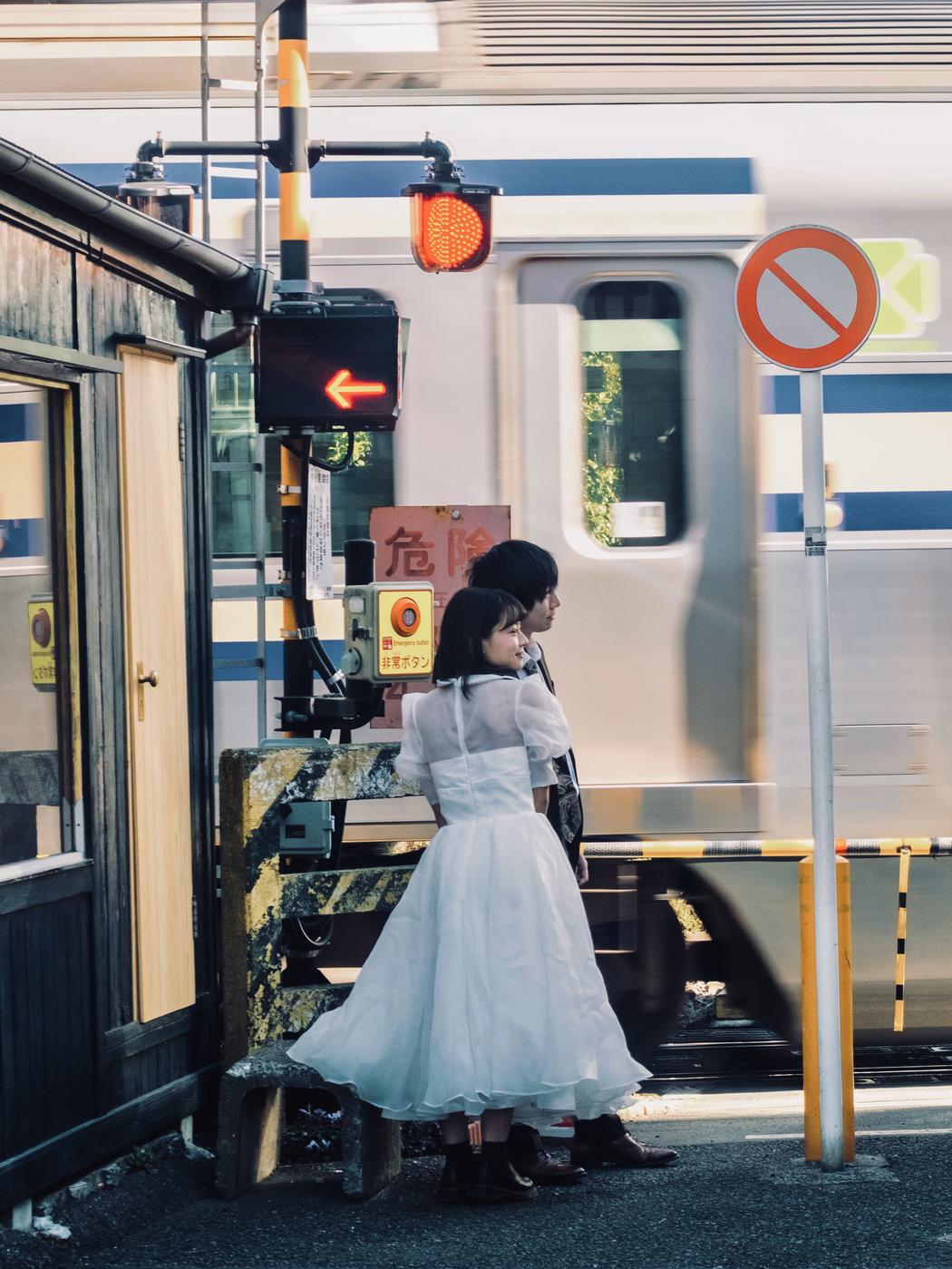 Sule Ozturk | Stop | 2025
Sule Ozturk | Stop | 2025
Travel broadens your perspective. How does your approach differ at home in Japan vs. abroad?
When I photograph in Japan, I move with more quiet attention. Life here has a rhythm of subtlety small gestures, order, and balance so I tend to look for details and harmony in the frame. When I travel abroad, I find myself more open and curious, almost like I’m seeing with fresh eyes. I’m less shy about color, noise, or chaos. Maybe it’s because I don’t fully blend in, so I allow myself to be more experimental and playful. Every country has its own routines, and observing people within them is one of the most enjoyable parts for me. I try to capture people in their most natural moments, and those little nuances bring different layers into my photos. In Japan, life flows at high speed, but people’s personal routines feel much calmer that contrast is rare, and being able to catch it is what makes photographing here so special.

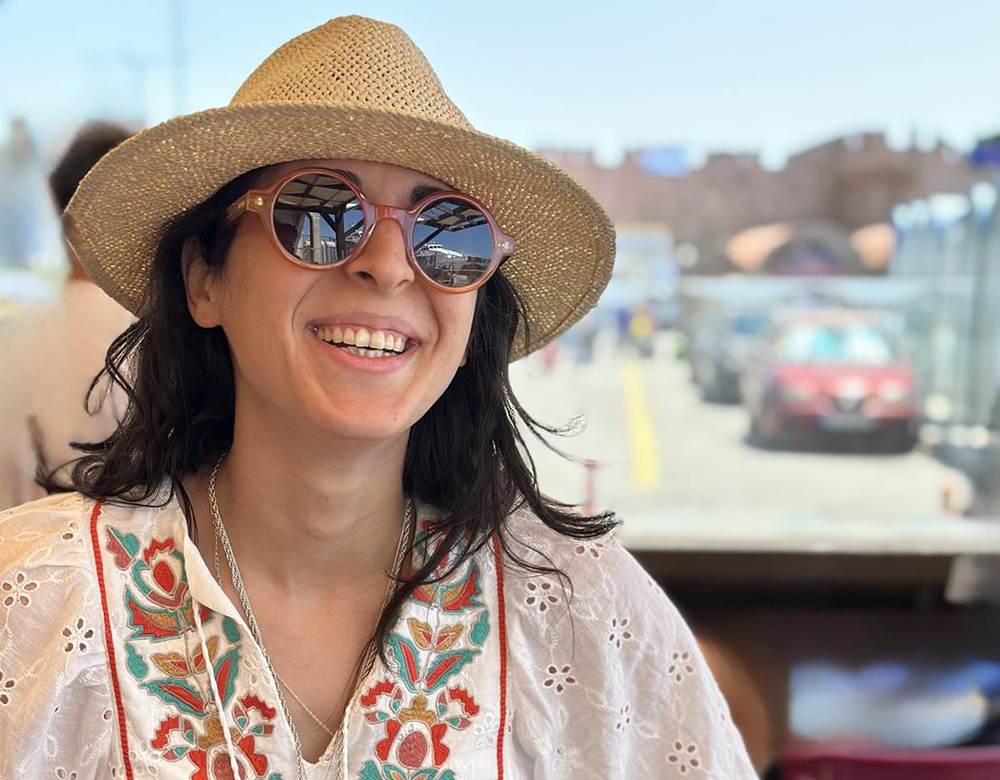
0 comments on “Sule Ozturk”